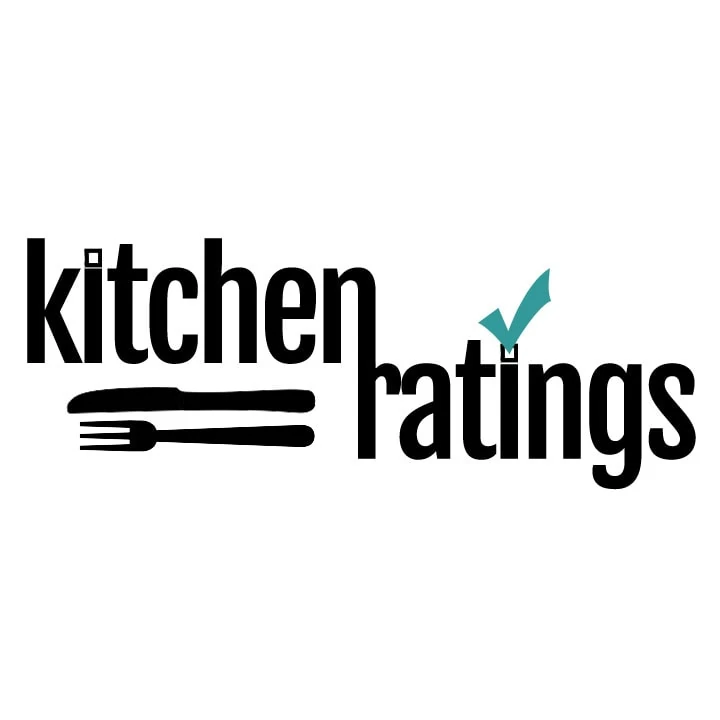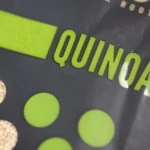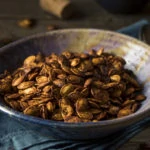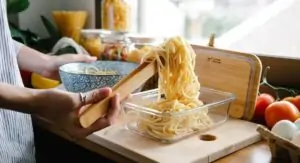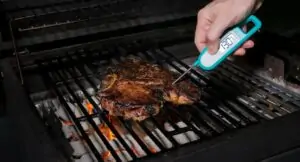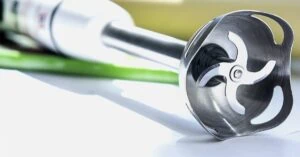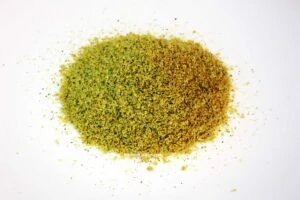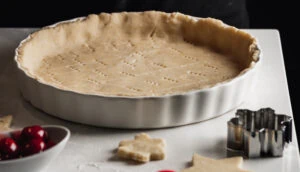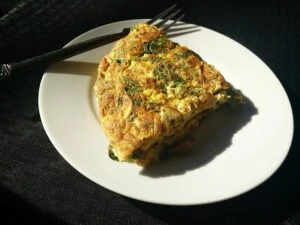When was the last time you deep cleaned the plastic cutting boards in your kitchen?
Anyone who has even a slightly clean kitchen has probably hand washed or run their plastic board through the dishwasher at least a few times. However, there’s a good chance you have at least one board that could use a good clean to remove stains and imperfections.
Plastic boards are super common and, unfortunately, super susceptible to damage. While these boards are great for protecting knife blades and countertops, they can take on a lot of damage themselves. Certain foods, like beets or tomatoes, can leave their mark on plastic, leaving some seemingly impossible to remove stains behind.
With this cleaning guide, we’ll make sure your board lasts as long as it can. We’re going to teach you how to properly clean a cutting board, remove stubborn stains, and ensure your cutting board is disinfected. After this cleaning routine, you’ll have a brand new cutting board again!
How Do I Clean a Plastic Cutting Board?
A cutting board is one kitchen essential that, without a doubt, you must clean after use. Your plastic chopping board is where you prep all kinds of foods, from steak to seafood to vegetables and fruit. These foods can leave a lot of nasty bacteria behind that need to be washed away between uses.
Thankfully, plastic is a pretty easy material to clean. Unlike wooden cutting boards, plastic is sturdy, non-porous, and in most cases, dishwasher safe. A plastic board can be soaked in water, tossed in the dishwasher, and handle the harder cleaning agents out there.
Though you should always read the manufacturer’s instructions for your chopping board, the following methods are great cleaning techniques for most plastic cutting boards.
Hand Washing a Plastic Cutting Board
Handwashing is a great way to ensure your cutting board gets cleaned with little to no damage. All you need is hot soapy water. Here’s how to properly wash your cutting board by hand:
Step One: Soak in Water
First, you should fill your sink with hot water and let your board soak to loosen up any stuck-on debris on the board.
Step Two: Apply Soap
Next, apply soap to your board. You can use any conventional dish soap, as plastic shouldn’t take on any of the soap’s tastes or smells.
Step Three: Scrub and Rinse
Next, use a scrub brush on both sides of the board. You can use a sponge or scrub brush for this. After you scrub, rinse the board.
Step Four: Dry and Store
Next, let your board dry! Once it’s dry, you can feel free to store it.
TIP: If you want to go the extra mile, you can run your cutting board through your dishwasher after hand washing. This is good idea if you. used your plastic chopping board to cut up raw meat or if there are stubborn stains. A nice hot cycle should kill any germs and harmful bacteria.
How Do I Disinfect a Plastic Cutting Board?
If you want to ensure every single germ is out of sight, there’s a few approaches you can take to disinfect your board.
Disinfect With Bleach
Bleach is pretty intense, but thankfully, plastic can withstand this cleaning agent. This works best with a white-colored board, as darker and different colors can be damaged by bleach.
Follow these steps to clean and disinfect with bleach:
Step One: Mix Bleach and Water
As bleach is super powerful, you should make a diluted bleach solution of bleach and water to clean with. Add 1 ½ teaspoon of bleach to a quart of water, and mix in a bowl.
Step Two: Apply Mixture
Next, take a cleaning cloth and dip it into the bleach and water mixture. Use the towel to apply the mixture all over the board.
Please note that the bleach can stain fabrics, so stick with using white cloths if you don’t want stains.
Step Three: Rinse and Clean
Once your board is coated in the mixture, you can rinse it until clean. Rinse it off with hot water, and let it fully air dry.
Disinfect With Baking Soda and Lemon
If bleach is a little too intense, you can get a more natural clean with baking soda and lemon/ This method is especially useful for removing tough, stuck-on stains. Here’s how to do it:
Step One: Make Baking Soda Paste
First, in a small bowl, combine one tablespoon of baking soda, lemon juice, table salt, and water. Mix until paste forms. If you need more paste because you have a larger board, add one more tablespoon of each ingredient.
Step Two: Apply Mixture
Next, use a clean cloth to coat one side of your cutting board with the mixture. Let it sit for 2-3 minutes.
Step Three: Wash Off Mixture and Repeat
Once the mixture has set, scrape it off with a food scraper or even a damp cloth. Repeat the process on the other side of your board.
Step Four: Rinse and Clean
Once both sides have had the mixture applied and scraped off, rinse the board and let it dry. It should now be disinfected.
Disinfect with Hydrogen Peroxide
This is another intense cleaning method, but it’s a great way to ensure your cutting board is germ-free. Hydrogen peroxide is also super great for removing tough stains, though it can discolor cutting boards that aren’t plain white.
Here’s how to disinfect with hydrogen peroxide:
Step One: Get 3% Hydrogen Peroxide Solution
For this process to work, you’ll need to use a 3% hydrogen peroxide solution. Thankfully, there are many food-safe varieties available online if you’re looking.
Step Two: Apply To Cutting Board
Next, pour the solution on your cutting board. You can spread it across the surface with a damp towel.
Step Three: Let It Sit
Let the hydrogen peroxide sit on your board’s surface for 2-3 minutes.
Step Four: Rinse and Dry
After it sits, you can fully rinse your cutting board and let it dry. Once dry, it’s safe to store.
